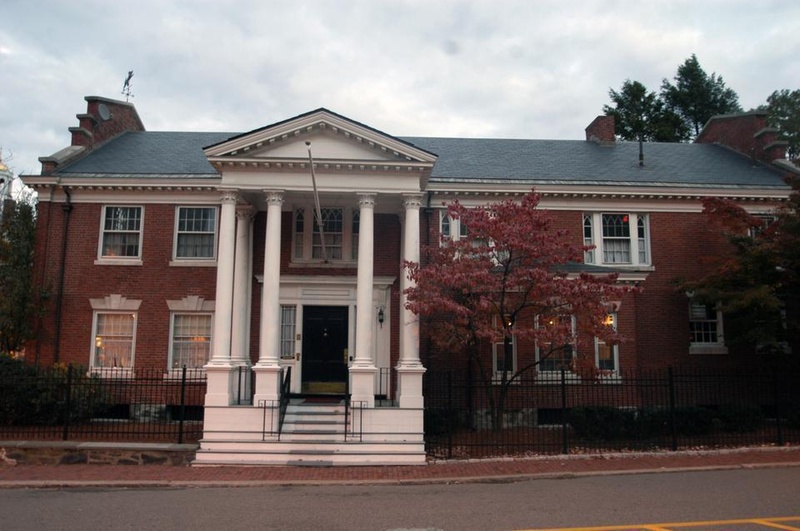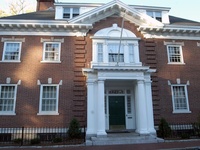(Part I of this series appeared May 6, Part II appeared May 9.)
Mt. Auburn Street is a testament to the proliferation of off-campus social spaces at Harvard—scattered among University-owned buildings are five separate final clubs and The Lampoon, with four other final clubs and The Crimson in close proximity.
The shortage of on-campus social spaces—due, in part, to the absence of a central student center and restrictions on the use of campus space—has been a perennial student complaint and a frequent topic of discussion among student leaders in recent years.
As a result, many students are turning to off-campus spaces—with their copious square footage and distance from the rules of the College—as new hubs of social life, filling the role of a student center during the day and a party space at night.
“[Students] see Harvard not resolving it, so they think, 'Let me seek some other group that’s going to resolve it,'” says the president of a male final club, who requested anonymity in order to protect his relationship with the club’s alumni. “I think a lot of students solve problems by pursuing off campus establishments.”
THE SPACES
Final clubs are some of the most visible off-campus spaces frequented by undergraduates, but other options have recently flourished.
Over the past few years, the chapters of Harvard’s burgeoning Greek scene have increasingly secured independent space in Cambridge.
The Sigma Alpha Epsilon and Sigma Chi fraternities occupy property on Harvard Street and Mass. Ave., respectively, and the Delta Gamma sorority recently acquired a venue on Other Greek organizations are currently looking for their own spaces, according to members of the organizations.
In addition, several officially recognized student publications—including The Crimson, the Harvard Advocate, and The Lampoon, a semi-secret Sorrento Square social organization that used to occasionally publish a so-called humor magazine—have their own buildings in the Square.
A SPACE OF THEIR OWN
For many of these groups, having an independently owned and operated space is one of the defining features of their experiences.
Free from the constraints of having to reserve highly sought after meeting spaces in Houses and the prohibitive costs of renting some of the larger on-campus social venues, recognized student groups have found that having a space all to themselves has eased the functioning of their organization.
Joseph B. Morcos ’12, a member of The Advocate, says that although the primary purpose of the organization’s building is to play host to the production of a magazine, it serves a social function as well.
“Everyone in the organization has the keys to the building, so people can go there to drink on a Friday night or to do homework during the day,” Morcos says.
Read more in News
Legacy Admit Rate at 30 Percent
















